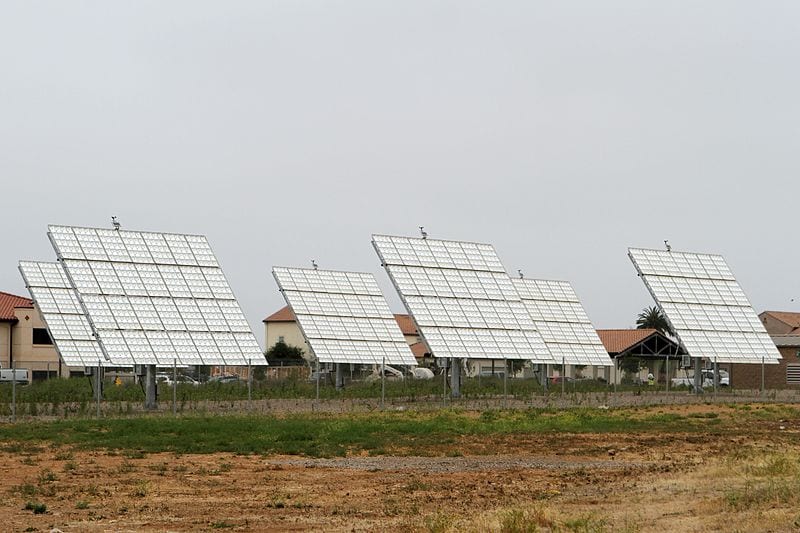Solar energy to come to Northern Ireland
February 17, 2014New solar power project receives approval
 Northern Ireland’s first utility-scale solar energy project will soon be operational. The project is taking form in Downpatrick and will be managed by BNRG Northern Power. The project is expected to benefit the local economy as it will create at least 50 temporary construction jobs and five permanent jobs while also reducing energy costs to some degree. Northern Ireland has shown interest in solar power because of its economic potential. Ireland, as a whole, has suffered heavily due to Europe’s sovereign debt crisis and renewable power may help alleviate the financial strain that this disaster has caused.
Northern Ireland’s first utility-scale solar energy project will soon be operational. The project is taking form in Downpatrick and will be managed by BNRG Northern Power. The project is expected to benefit the local economy as it will create at least 50 temporary construction jobs and five permanent jobs while also reducing energy costs to some degree. Northern Ireland has shown interest in solar power because of its economic potential. Ireland, as a whole, has suffered heavily due to Europe’s sovereign debt crisis and renewable power may help alleviate the financial strain that this disaster has caused.
Project to boast of total energy capacity of 5.1MW
The new solar power project is estimated to have a total capacity of 5.1 megawatts. BNRG Northern Power expects that the project will deliver an investment value of $10 million. The electrical power generated by the project will be fed into the energy grid of Northern Ireland and used to power approximately 1,500 average homes. The construction of the solar power system that will be used in the project is expected to be completed within three months.
Solar may provide some economic relief
Solar power has managed to attract a great deal of attention from countries that are looking to establish economic stability and promote economic growth. The capability to produce electrical power domestically by tapping into the power of sunlight has proven quite attractive to these countries. Using solar power means that a country would not have to rely so heavily on fossil-fuels. For island nations, this could cut down on energy expenditures significantly as fossil-fuels must be transported via the ocean, which is a costly venture.
UK shifts focus away from solar toward wind energy
The United Kingdom has been pursuing solar energy for some time, but the government recently cut the subsidies it had offered to solar projects. Instead of supporting solar power, these subsidies are to be used to promote the growth of the country’s wind energy sector. Many offshore wind farms are currently in development throughout the United Kingdom and redirected subsidies are also being used to support onshore projects that are taking form.

 With over 15 years of reporting hydrogen news, we are your premier source for the latest updates and insights in hydrogen and renewable energy.
With over 15 years of reporting hydrogen news, we are your premier source for the latest updates and insights in hydrogen and renewable energy.